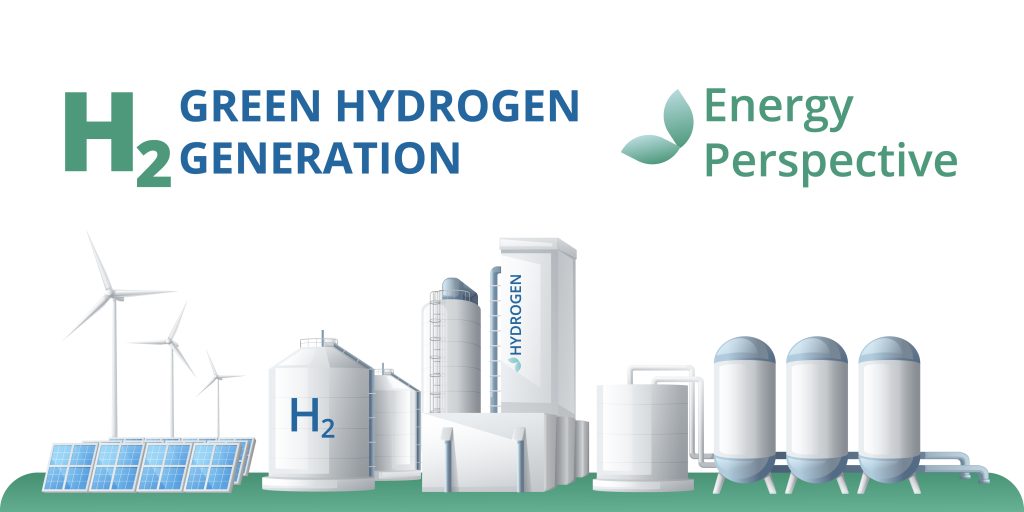Green hydrogen has emerged as a shining beacon of hope in a world facing the daunting challenge of climate change and a transition to a sustainable energy future. This clean and versatile energy carrier has the potential to revolutionize the way we power our world while significantly reducing carbon emissions. In this article, we will introduce you to the concept of green hydrogen, its production methods, applications, and the potential it holds for a greener future.
Green hydrogen is a clean and sustainable form of hydrogen production that has garnered significant attention in recent years as a potential solution for reducing greenhouse gas emissions and transitioning to a more environmentally friendly energy system.
The global Green Hydrogen Standard defines green hydrogen as “hydrogen produced through the electrolysis of water with 100% or near 100% renewable energy with close to zero greenhouse gas emissions.
The Basics of Hydrogen
Hydrogen is the most abundant element in the universe, making it a promising candidate for a clean energy source. However, harnessing hydrogen for energy requires separating it from other elements, such as oxygen, which typically involves energy-intensive processes. Traditional hydrogen production methods, like steam methane reforming, release carbon dioxide, making them unsustainable in a world focused on reducing greenhouse gas emissions.
Green hydrogen is the answer to this dilemma. It is produced through a process called electrolysis, which splits water molecules (H2O) into hydrogen (H2) and oxygen (O2) using electricity. The key differentiator is that the electricity used in this process comes from renewable sources such as wind, solar, or hydropower. As a result, green hydrogen is produced with minimal to zero carbon emissions, earning it the “green” label.
Production Methods
Electrolysis: As mentioned earlier, electrolysis is the primary method for green hydrogen production. It involves passing an electric current through water, causing the water molecules to break apart into hydrogen and oxygen. Electrolyzers are the devices used for this purpose and come in various types, including alkaline, proton exchange membrane (PEM), and solid oxide electrolyzers.
Renewable Energy: The heart of green hydrogen production lies in the renewable energy sources that power the electrolysis process. Wind turbines, solar panels, and hydropower plants supply clean electricity, which can be used directly or stored as hydrogen for later use.
Green hydrogen has a wide range of applications across different sectors:
Transportation: One of the most promising applications is in fuel cell vehicles (FCVs). Hydrogen fuel cells can power cars, trucks, buses, and trains, offering a clean alternative to traditional internal combustion engines. FCVs emit only water vapor as a byproduct.
Industry: Hydrogen is a crucial ingredient in several industrial processes, including ammonia and methanol production. Industries can significantly reduce their carbon footprint by using green hydrogen in these processes.
Power Generation: Hydrogen can be used in gas turbines or fuel cells to generate electricity. This flexibility makes it an excellent option for balancing energy grids and providing backup power.
Green hydrogen represents a pivotal shift towards a sustainable and carbon-neutral future. It offers a versatile and clean energy solution with applications across various sectors, from transportation to industry and power generation. As the world intensifies its efforts to combat climate change and reduce carbon emissions, green hydrogen stands out as a beacon of hope, illuminating the path towards a cleaner and more sustainable energy landscape.


It is rather valuable information
This message, is matchless))), it is interesting to me 🙂